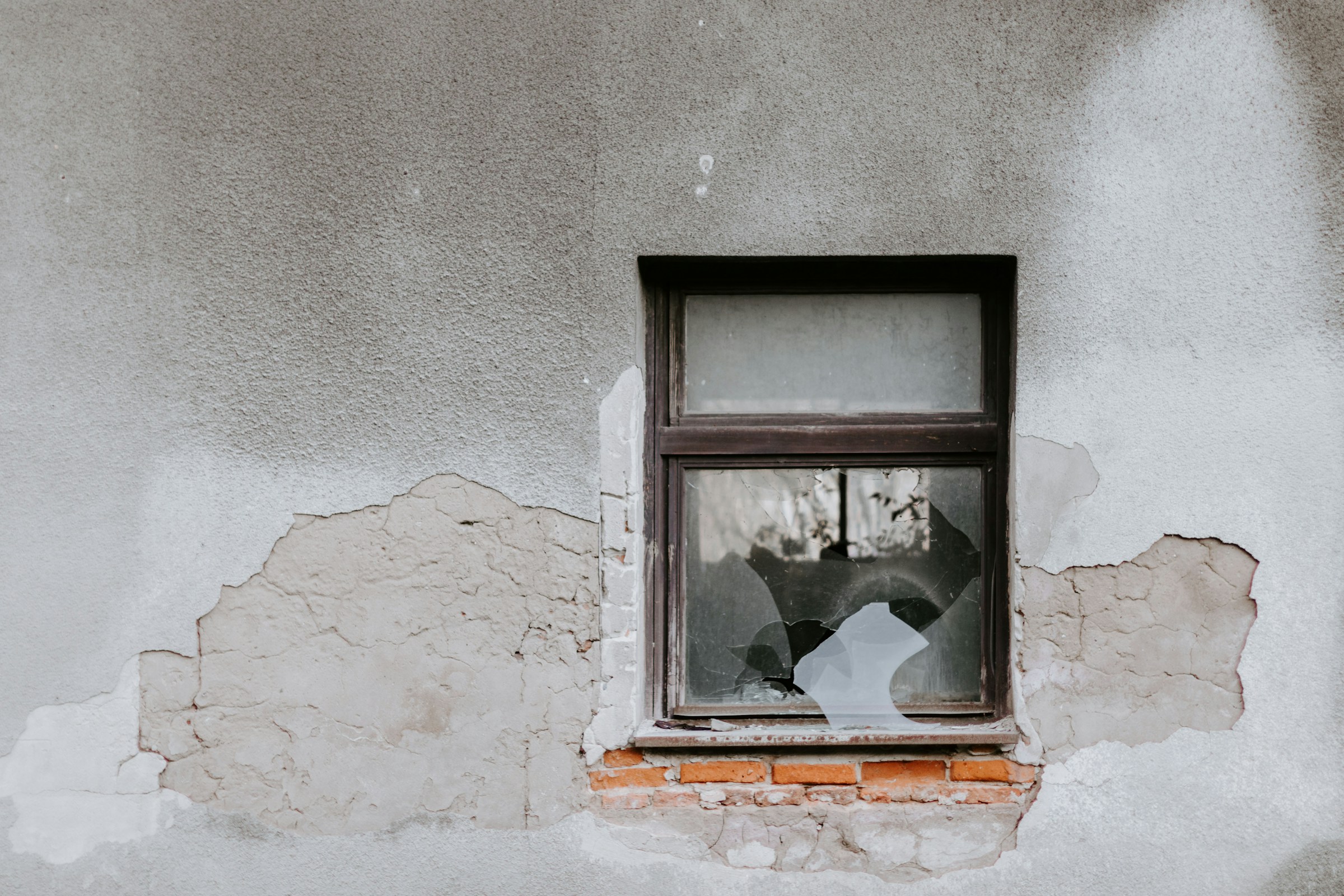What is the best method to apply Venetian plaster in a UK craftsman-style home for moisture resistance?

In the realm of interior design, few materials boast the versatility and timeless appeal of Venetian plaster. Crafted from a blend, primarily of lime and gypsum, this decorative finish is hailed by both designers and homeowners for its luxurious texture and capacity for customization. But beyond it's aesthetic allure, Venetian plaster is also revered for its durability and moisture resistance — a quality that is especially pertinent in the UK where dampness in homes is a common issue.
The Composition of Venetian Plaster
Before diving into its application, it's essential to understand what constitutes Venetian plaster. This is not just for the sake of your knowledge but also to ensure you can communicate effectively with plasterers and suppliers.
Dans le meme genre : How can you implement an advanced air purification system in a UK urban nursery?
Venetian plaster is a mixture of slaked lime, gypsum, and marble dust, which gives it its distinctive, polished appearance. Lime, the primary ingredient, is derived from limestone, a sedimentary rock composed of ancient shell and marine life. When heated and combined with water, it forms a substance known as slaked lime, a binding agent that is both tough and malleable.
Gypsum, another key component, is added to the mix to improve the plaster's workability and speed up the drying process. The marble dust then lends the material its distinctive shine and smooth finish. Unlike synthetic plasters, Venetian plaster is eco-friendly and highly breathable, making it an excellent choice for those concerned about indoor air quality.
A voir aussi : What are the specific guidelines for installing floating shelves in a UK seismic zone?
The Role of the Plasterer
The role of the plasterer is not to be underestimated in this process. The hand of the artisan is what shapes the final texture and finish of the plaster, and a skilled plasterer can create a variety of effects, from a deep, glossy shine to a rough, rustic texture.
The plasterer uses a trowel to apply the Venetian plaster to the surface in thin layers. This is done in a specific manner — at an angle and in overlapping strokes to form an irregular pattern. After the application, the surface is burnished using a specialized tool to achieve the desired sheen.
While anyone can learn the basics of plastering, it takes a professional plasterer to master the application of Venetian plaster. This is why homeowners are often advised to hire a skilled craftsman, especially when dealing with a significant project.
Venetian Plaster Application Method
Now, let's delve into the step-by-step process of applying Venetian plaster for moisture resistance. The first step is to prepare the surface. This involves cleaning the area to be plastered, removing any loose paint or wallpaper, and repairing any cracks or holes.
Next, a primer is applied to the surface. This is a crucial step as the primer helps the plaster adhere to the base surface and provides a uniform color background. Following the primer application, the first coat of Venetian plaster is applied using a steel trowel. This layer is then left to dry for a few hours.
Once the first coat is dry, a second coat is applied. This layer is typically thinner than the first and is burnished once dry to create a smooth, shiny surface. At this point, you might be wondering: where does the moisture resistance come in?
This is achieved through the application of a sealer, typically a wax or oil-based product. The sealer is applied after the final layer of plaster has dried and been burnished. It penetrates the plaster, providing a waterproof barrier that resists moisture and protects the surface from stains and damage.
Decorative Options and Finishing Touches
After the sealer has been applied and allowed to dry, the surface can be buffed to produce a high gloss finish if desired. One of the beauties of Venetian plaster is the myriad of decorative options it provides. With the addition of pigments, it can be tinted to virtually any color, and the finish can range from matte to high gloss, depending on the burnishing process.
A popular finishing touch is the application of a glaze which enhances the depth and luminosity of the plaster. This can be particularly effective in a craftsman-style home, where the rustic quality of the plaster can complement the traditional design elements.
In conclusion, Venetian plaster is a versatile and durable material that not only enhances the aesthetic appeal of a home but also offers practical benefits such as moisture resistance. With the right preparation, a skilled plasterer, and an effective sealing process, you can enjoy the beauty of Venetian plaster in your UK craftsman-style home for many years to come.
Optimal Venetian Plaster Brands and Suppliers in the United Kingdom
Choosing the right brand of Venetian plaster significantly impacts the quality of your project. In the UK, several reputable brands and suppliers provide premium-grade Venetian plaster. The ideal brand should offer plaster that combines excellent moisture resistance with a range of decorative possibilities.
One highly rated supplier is the Venetian Interiors London, boasting an impressive average rating of 4.6 stars from reviews. This company is favored for its wide variety of pigmented plasters and efficient customer service, readily available to answer questions about material application.
Another top-rated supplier is UK Plaster, lauded for its high-quality Venetian plaster with an outstanding average rating of 4.7 stars from reviews. This company stands out for its eco-friendly approach, offering plaster composed of natural materials.
It's worth noting that the cost of Venetian plaster varies depending upon the brand, color, and texture. On average, you can expect to pay between £5 and £10 per square meter in the UK.
Venetian Plaster in Craftsman-Style Homes Across The Globe
Venetian plaster is not just popular in the United Kingdom, but it's also highly sought after in various parts of the world including the United States, particularly in locations like Jupiter, Florida and Palm Beach, Florida. Both cities are renowned for their high concentration of artists and craftsmen who specialize in Venetian plaster applications.
In these regions, the rating stars from customer reviews for Venetian plaster applications in craftsman-style homes are commendable. With an average rating of 4.8 stars review in Florida, United States, it's clear that Venetian plaster is a beloved choice among homeowners and interior designers alike.
In conclusion, incorporating Venetian plaster in a UK craftsman-style home is an excellent decision for both aesthetic and practical reasons. Thanks to its moisture resistance, this material is a beneficial addition to homes in damp climates. Plus, with a variety of decorative options and finishes to choose from, homeowners can customize the plaster to perfectly suit their interior design preferences. By choosing a reputable supplier and hiring a skilled craftsman, you can ensure the successful application of Venetian plaster in your home. This timeless material promises not just beauty, but durability and longevity too.
